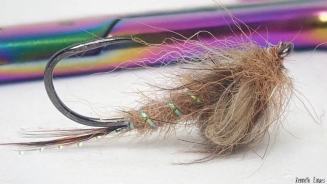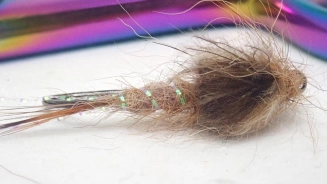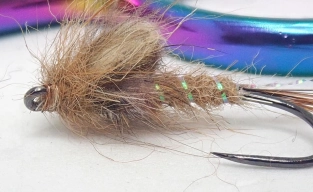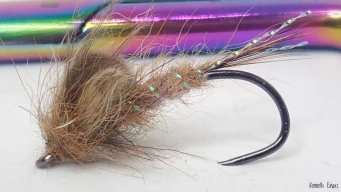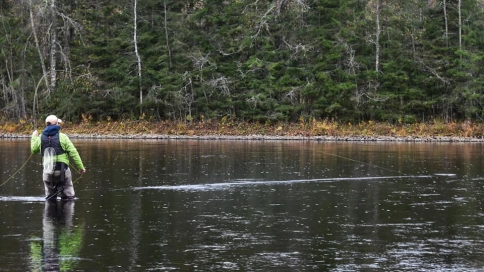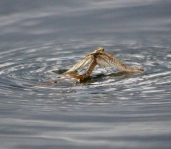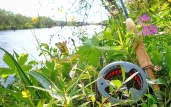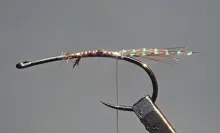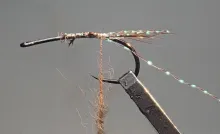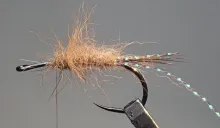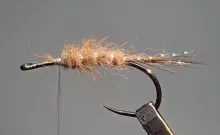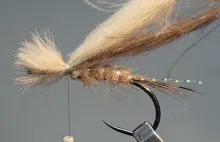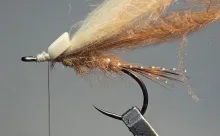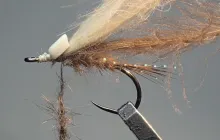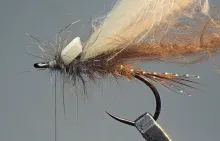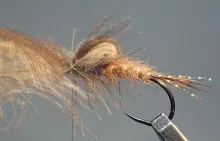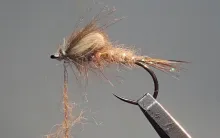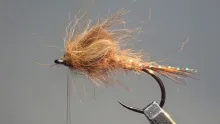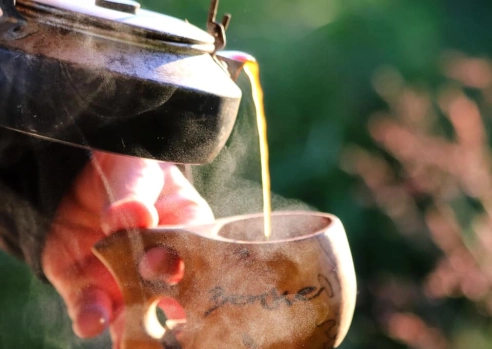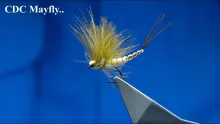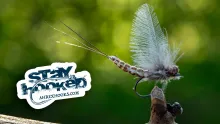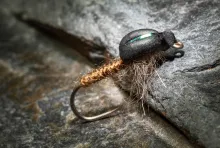This emerger pattern uses CDC and foam to create the floating thorax that’s typical of emerging insects
The emerging stage of any insect that hatches – goes through its final metamorphosis – is where it’s most vulnerable, and even though it’s a brief stage, it’s an important one for any fly angler targeting fish that eat insects in the surface.
As a juvenile and as an adult the aquatic insects have the ability to escape – either crawling, swimming or flying. But in the phase between the stages, the insects enter a state where it’s essentially passive – at least when it comes to the ability to escape. Many aquatic insects go through several stages, but only the last change from a swimming to a flying insect is interesting to us as anglers. The rest take place underwater in hiding and does not expose the insect as much as the final one.
The juvenile will typically start an ascent from the bottom towards the surface. Some mayflies crawl onto dry vegetation or stones to hatch, and don’t have an emerging stage interesting to us as anglers. The rest break the nymphal skin in the surface. The insect is unable to fly right away, but mostly has to sit in the surface and inflate and harden its wings before flying off.
During this ascent, emerging and hardening stage the insect is easy to target for the fish. It’s essentially destined to following the current, and even though the phase is often very short, it’s easy for the fish to specifically target the hatching insects, which just float downstream either underwater or in the surface.
So fishing emergers can be very efficient. The emerger can either be fished rising through the water or dead drifted in the surface.
This pattern is a true floater thanks to its CDC and foam, and is a perfect fly to fish partly visible in the surface as a dry fly. It is tied in a neutral tan color here, but can of course be varied endlessly using different colored materials. They are all available in w wealth of hues.
With a bit of floatant such as CDC oil rubbed into the wing butt, it will be half above and half below the surface film, much like the real insect, and can be used in current as well as stillwater.
Kenneth Einars
|
|
|
|
|
|
|
|
|
|
|
|
|
|
|
- Log in to post comments

